6 birds you will never see at your birdhouse – despite your best efforts to tempt them to visit
Not all birds are alike. Discover which species will never call your birdhouse home
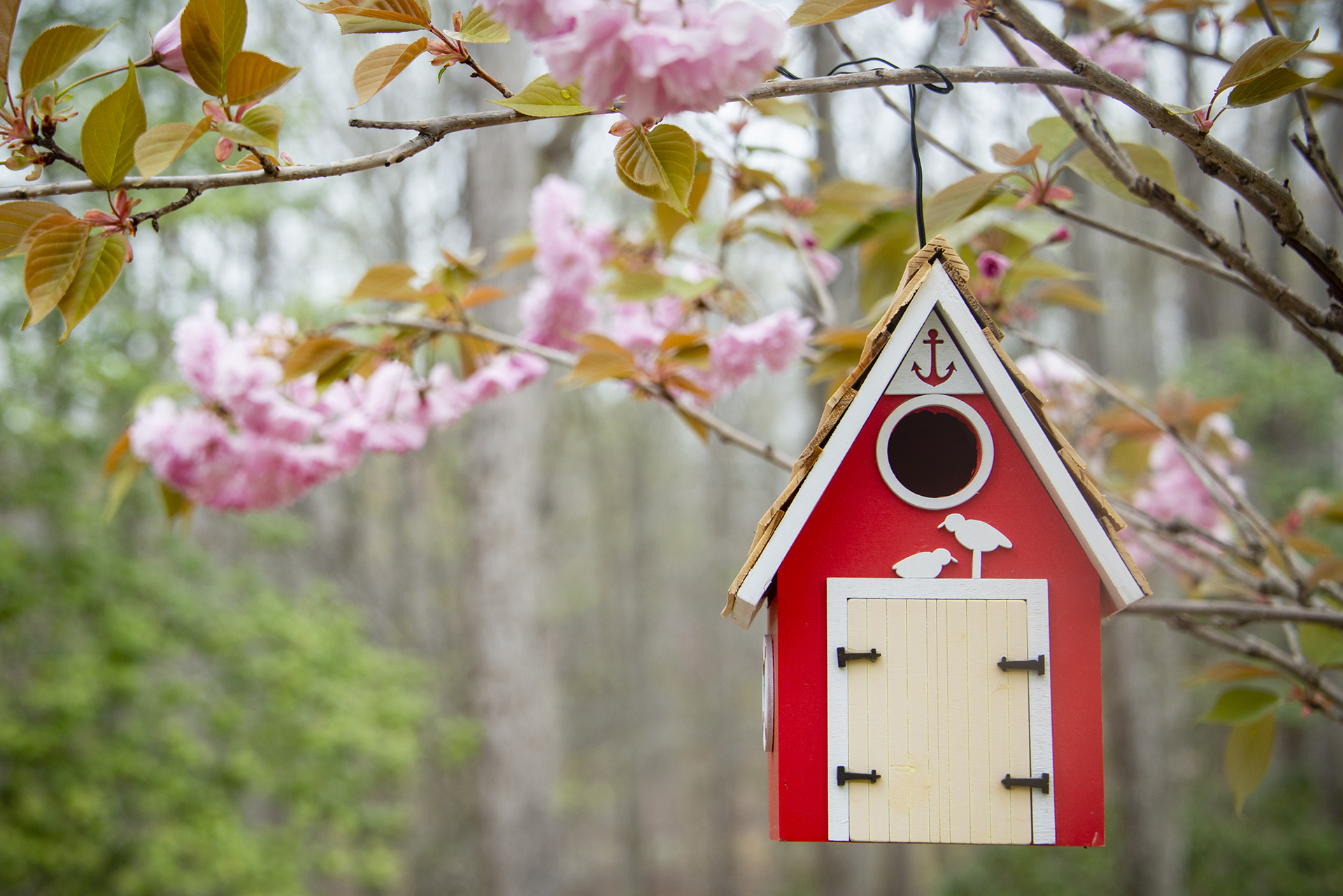

Many of our favorite backyard birds rely on birdhouses to nest and stay warm, especially in tidy suburban landscapes where natural nesting sites like dead trees and brush piles are scarce.
Species such as house wrens, bluebirds, chickadees, and titmice readily take to birdhouses, while others like purple martins and nuthatches prefer specially designed nesting boxes. However, some birds simply won’t move in, no matter if you have the best birdhouse in the area or how inviting your setup may be.
Learning how to feed birds is essential to their longevity, so even if there are birds that won’t use a birdhouse, there are still many ways to entice them into the yard.
Birds that won’t use a birdhouse
Below, we reveal which birds to admire from afar – because they won’t be nesting in your birdhouse anytime soon. However, there are other ways to help birds during the breeding season, so if they are not visiting your birdhouse, read on to find out how to help birds in the summer and beyond.
1. Hummingbirds
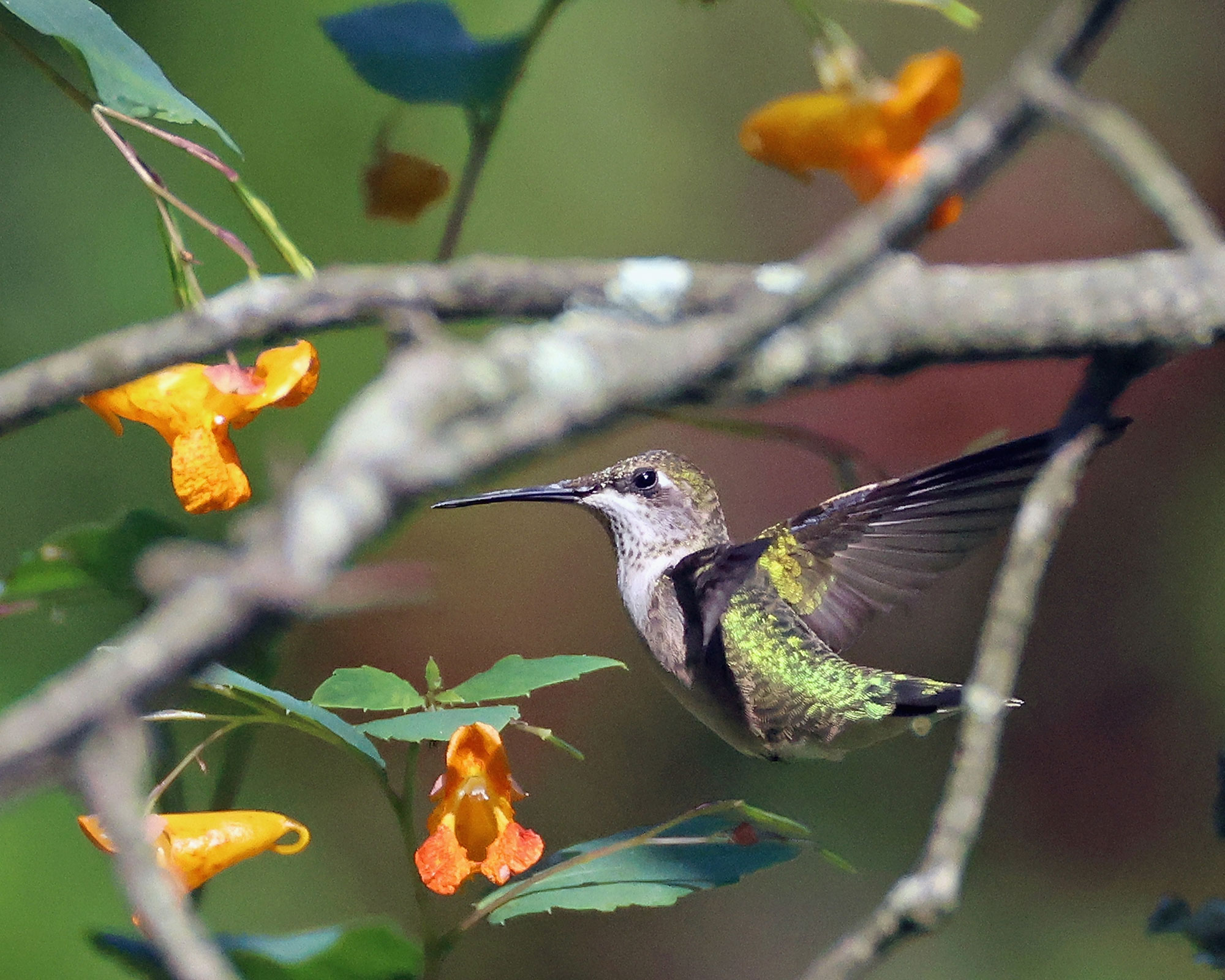
If you come across a hummingbird house for sale, don’t be fooled – it’s purely decorative. Hummingbirds don’t nest in cavities; instead, they build their delicate nests on tree branches or in dense shrubs.
To attract hummingbirds to your garden, focus on the flowers that attract hummingbirds as well as the food. Plant a variety of nectar-rich blooms in bright colors – especially reds, oranges, and pinks – that will entice hummingbirds to visit frequently. Tubular flowers, such as salvia, bee balm, and trumpet vine, are favorites. You can also add a hummingbird feeder filled with a sugar-water solution as an additional food source.
By creating a habitat that mimics their natural preferences, you'll have a much better chance of enjoying these tiny birds up close.
Design expertise in your inbox – from inspiring decorating ideas and beautiful celebrity homes to practical gardening advice and shopping round-ups.
2. Cardinals
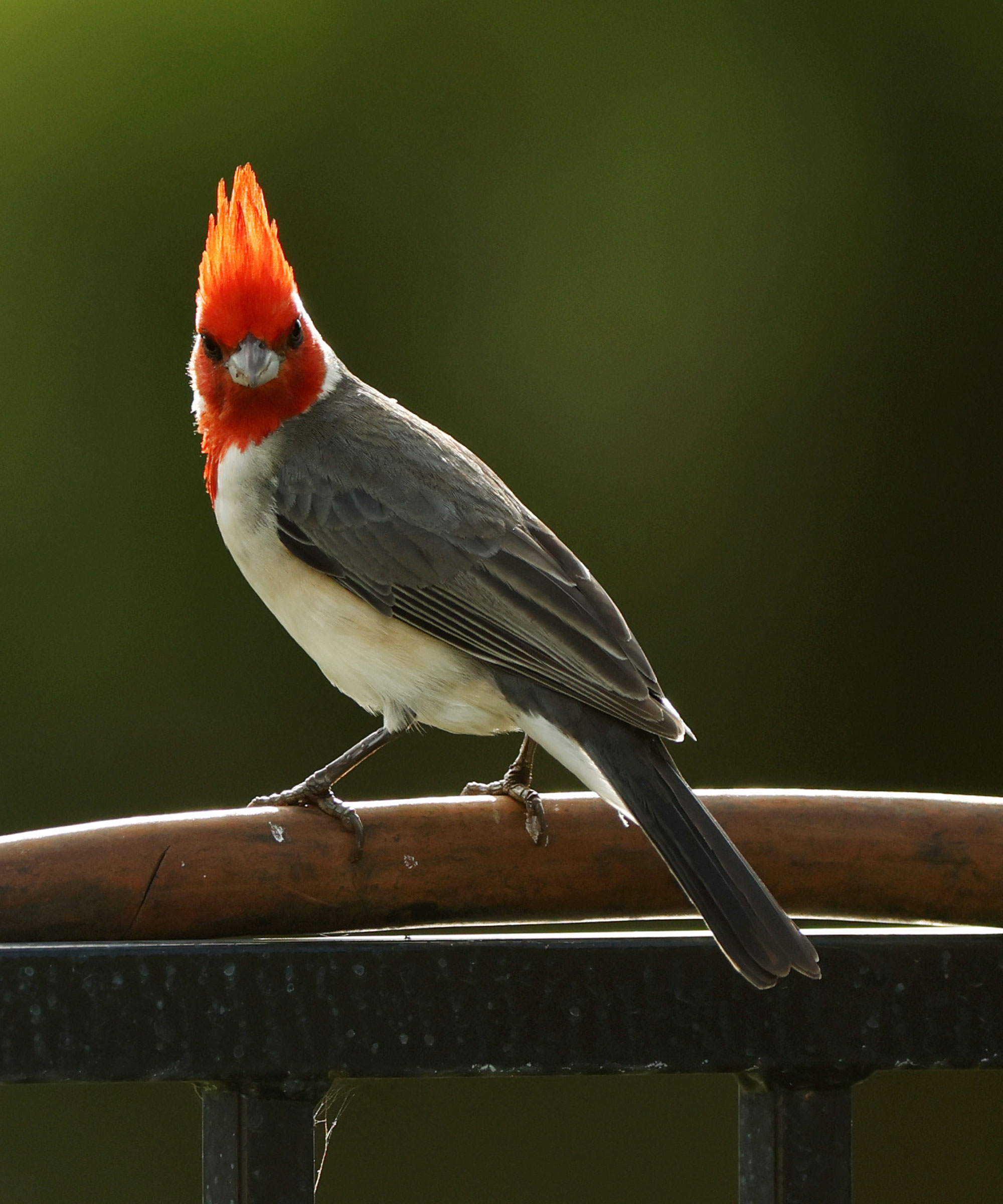
Cardinals may be frequent visitors to your garden, but don’t expect them to move into a birdhouse – they're not cavity nesters. Instead, these striking songbirds prefer to build their nests in dense shrubs and thickets.
To encourage them to stay, plant plenty of leafy cover and keep a feeder, such as this outdoor hanging option from Amazon, fully stocked with their favorite seeds and nuts. Cardinals are regulars at the table and a true delight to watch.
3. Mockingbirds
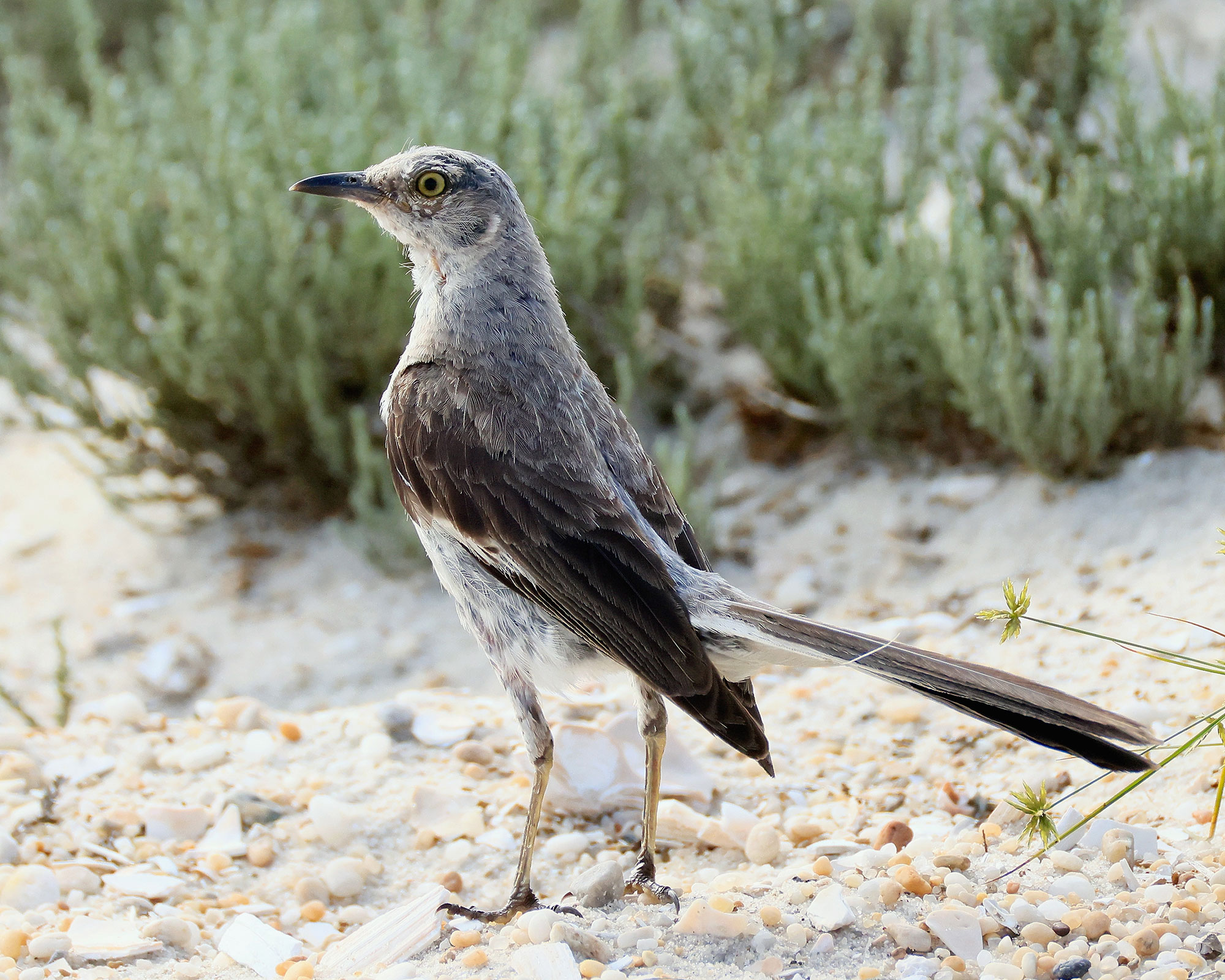
Mockingbirds are familiar backyard guests known for their impressive, ever-changing songs. While they enjoy foraging on open lawns, don’t expect them to settle into a birdhouse. Instead, they prefer nesting in dense trees and shrubs, typically 3 to 10 feet off the ground.
If they do nest nearby, you’ll know it. Mockingbirds are famously bold when it comes to protecting their young.
4. Blue Jays
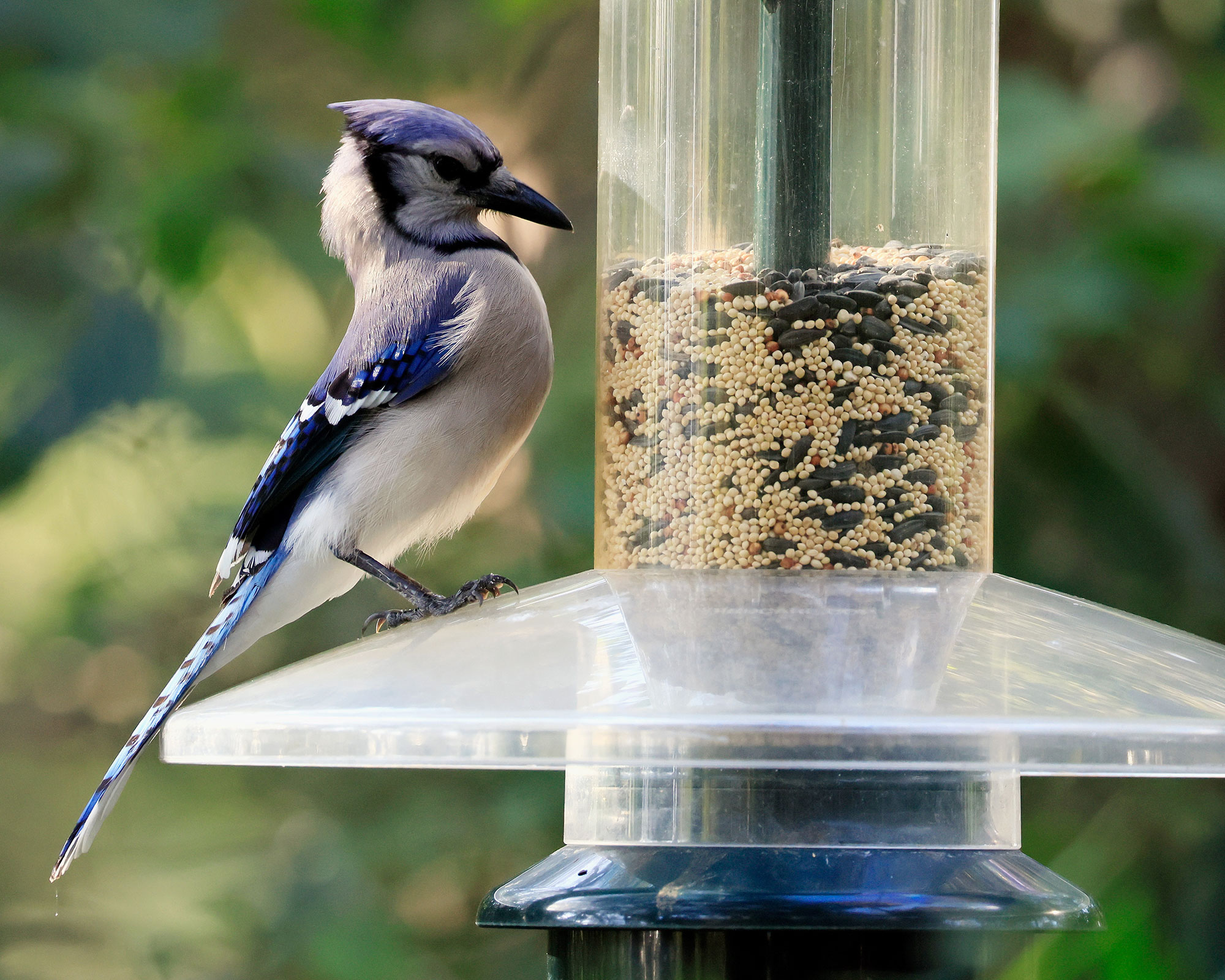
Blue jays are lively, vocal visitors that are easy to attract with a well-stocked bird feeder – peanuts and sunflower seeds are particular favorites. But while they’re happy to snack in your garden, don’t expect them to nest there. Blue jays prefer to build their nests high in the trees, tucked securely in the fork of a branch, far above the reach of a typical birdhouse.
5. Robins
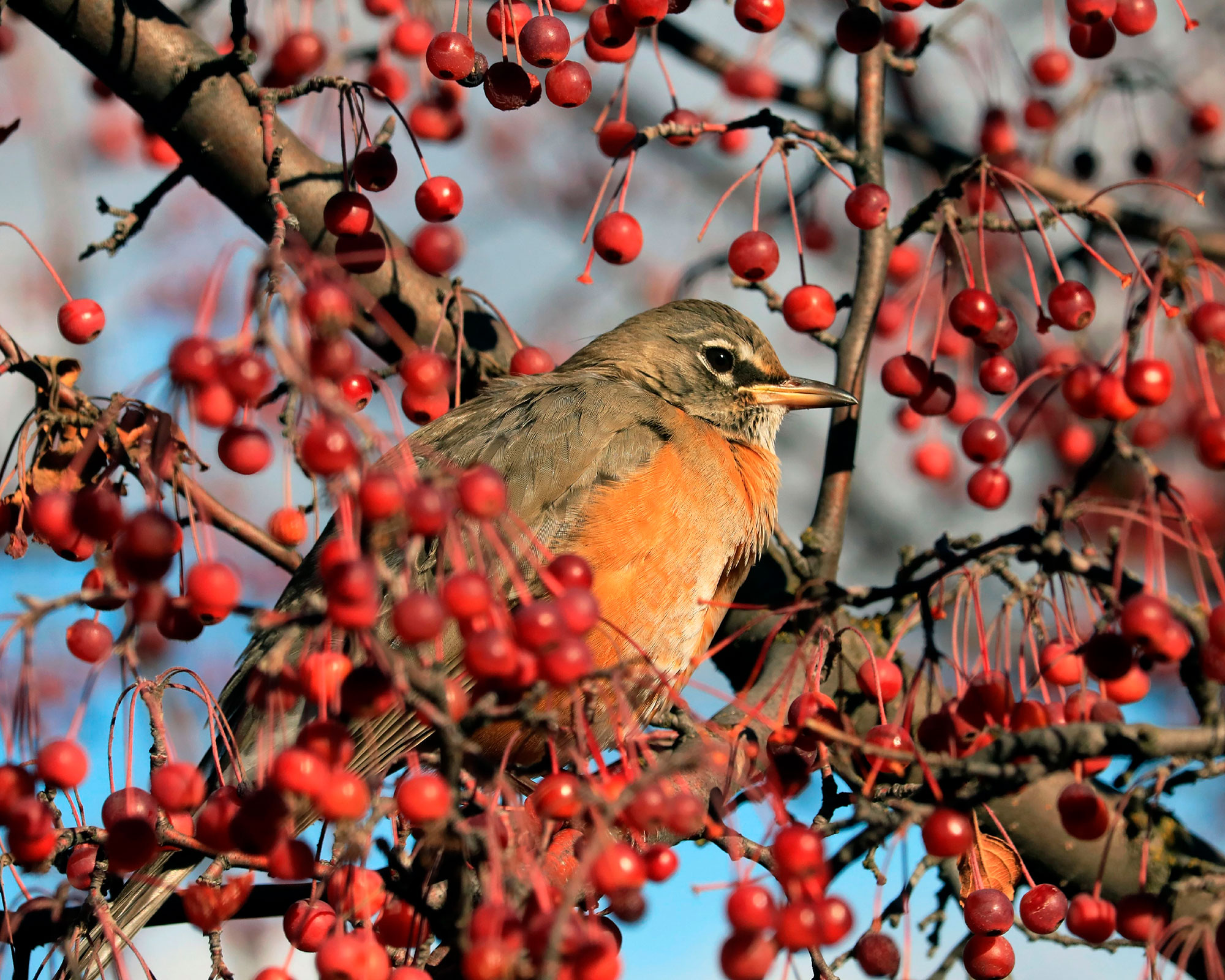
Robins will skip traditional birdhouses in favor of open spaces, often building their nests on horizontal branches, window ledges, or sheltered eaves. While they don’t nest in cavities, you can still invite them to stay by installing a platform or open-fronted nesting box, which is perfect for supporting their preferred style of home.
6. Finches
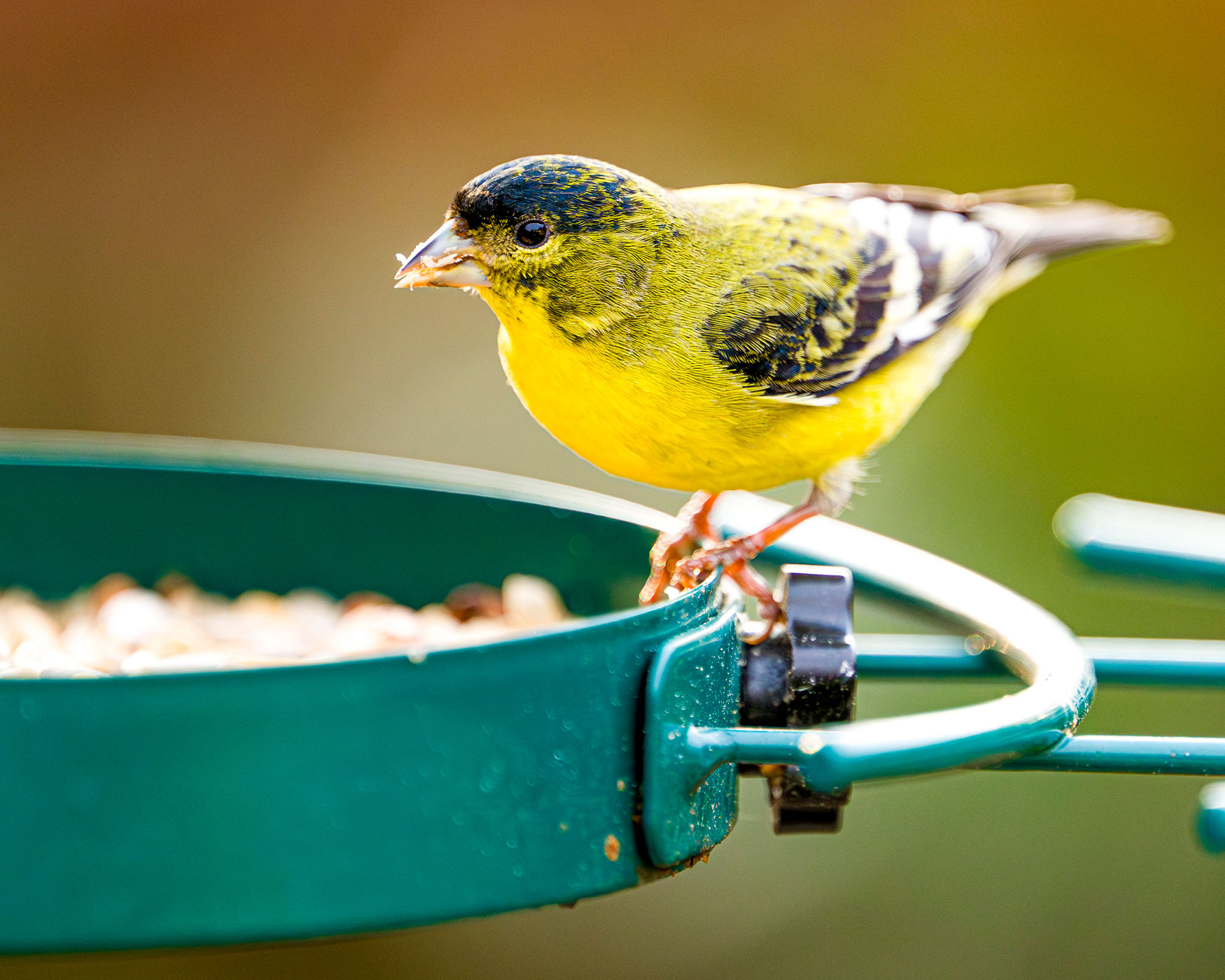
While charming and colorful, finches tend to skip birdhouses in favor of more open nesting sites. House finches often choose ledges, eaves, or even hanging baskets to raise their young.
Goldfinches prefer cup-shaped nests tucked into trees or shrubs – sometimes up to 20 feet high – while purple finches are drawn to the shelter of conifers.
To attract these delightful songbirds, plant a variety of trees and shrubs and keep a finch feeder stocked to encourage frequent visits.
Shop bird feeders
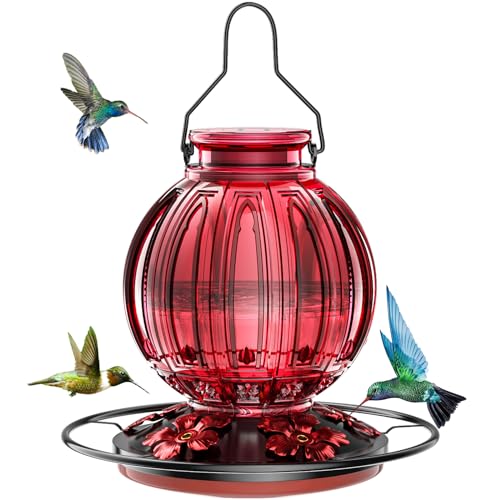
Attract hummingbirds in style with this vintage-inspired glass feeder, featuring a retro ball shape, vibrant colors, and five flower-shaped feeding ports. With a 26 oz nectar capacity and circular perch, it welcomes multiple birds at once. The wide-mouth design makes refilling and cleaning effortless, while the leakproof gasket ensures mess-free use.
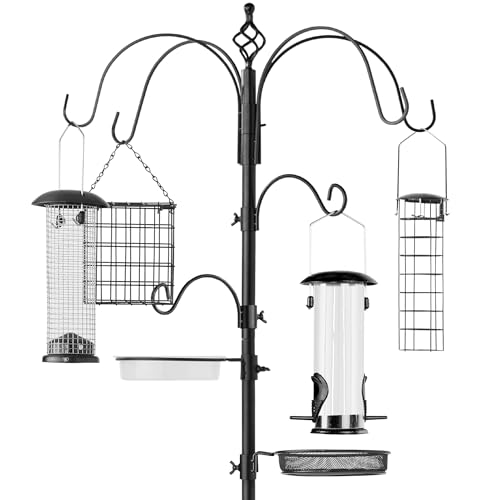
Create a bird-friendly haven with this all-in-one feeding station, featuring four feeders – wire, peanut, tube, and suet – plus a water bowl and food tray. Standing 89" tall, it’s made of durable steel with multipurpose hooks for feeders, birdhouses, or garden décor. Easy to assemble and built to last, it adds charm while attracting a variety of backyard birds.
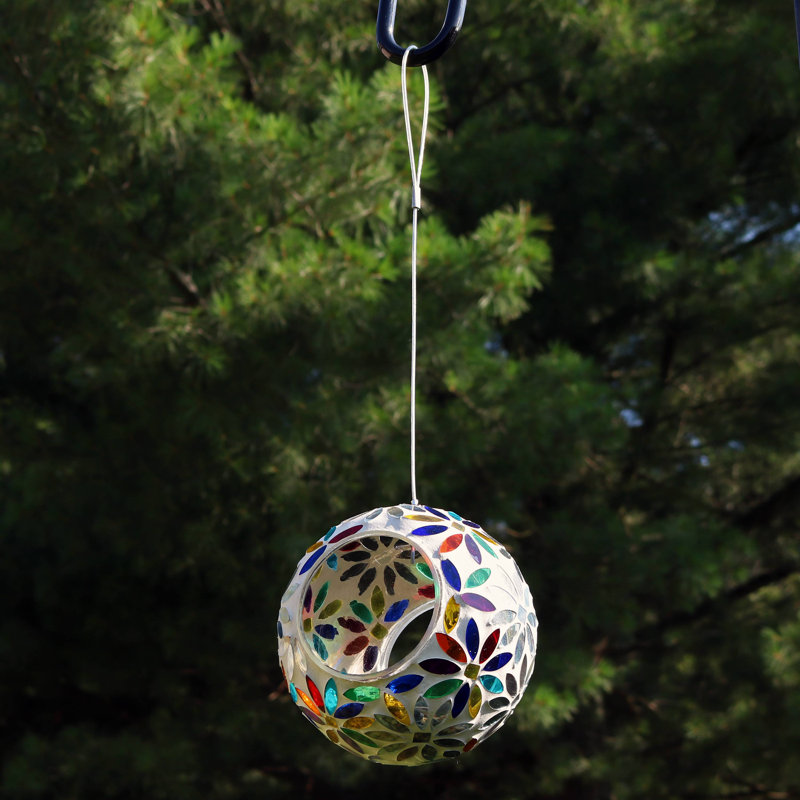
Add a touch of color and charm to your garden with this Round Mosaic Glass Hanging Bird Feeder. Crafted from tiny glass pieces that reflect sunlight beautifully, it holds up to 1 cup of seed and features a steel hanging wire for easy display. A built-in drainage hole keeps seed dry, while birds can perch along the rim or take shelter inside during bad weather.
While birdhouses can be a wonderful way to support nesting birds, they aren't a one-size-fits-all solution. Many beloved backyard species – from cardinals and robins to hummingbirds and finches – prefer natural nesting sites like trees, shrubs, or open ledges.
To truly welcome a wide variety of birds into your garden, complement birdhouses with thoughtful landscaping, native plants, and feeders tailored to their needs. With the right mix of shelter and sustenance, your outdoor space can become a haven for birds of all kinds – even those that won’t call a birdhouse home.

Jennifer is the Digital Editor at Homes & Gardens, bringing years of interiors experience across the US and UK. She has worked with leading publications, blending expertise in PR, marketing, social media, commercial strategy, and e-commerce. Jennifer has covered every corner of the home – curating projects from top interior designers, sourcing celebrity properties, reviewing appliances, and delivering timely news. Now, she channels her digital skills into shaping the world’s leading interiors website.
You must confirm your public display name before commenting
Please logout and then login again, you will then be prompted to enter your display name.